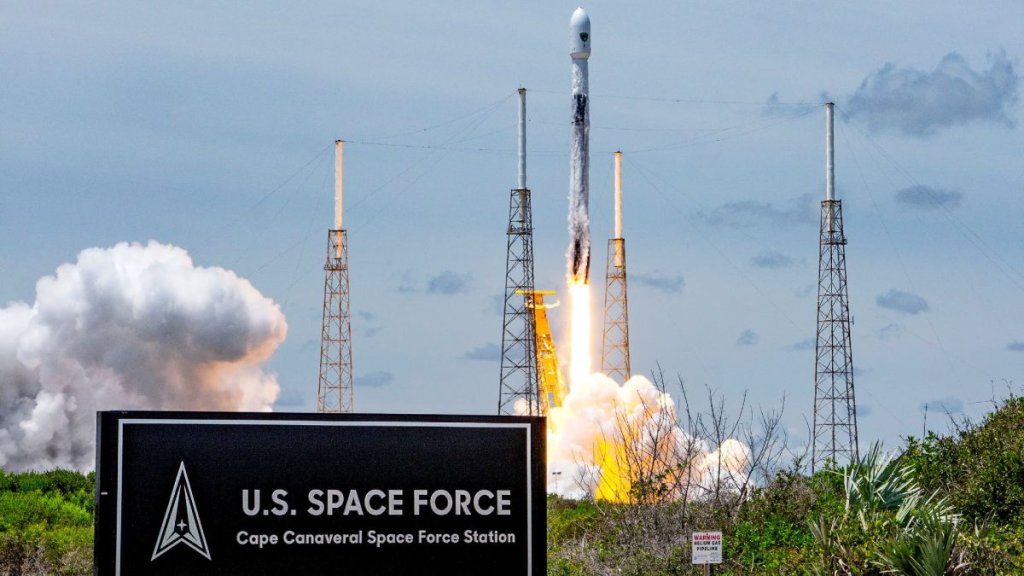
US Space Force grants 4 companies launch pads at Cape Canaveral (Image Credit: Space.com)
The U.S. Space Force has granted the use of several launch pads at the historic Cape Canaveral launch facility in Florida to four additional private launch companies.
The decision is part of Space Force’s new Launch Pad Allocation Strategy (LPAS) and should promise to be a boon for the four companies selected by Space Launch Delta 45, which oversees all space launch operations from the U.S. East Coast on behalf of the Space Force.
The move was announced via a statement released on the Space Launch Delta 45 Twitter feed. (opens in new tab) In the statement, Space Launch Delta 45 said that offering launch facilities to the new companies fosters the development of new launch space systems and helps to “ensure a strong space launch industrial base” for the United States.
Related: What is the U.S. Space Force and what does it do?
The four companies allocated launch pads are: ABL Space, based in El Segundo, California, focused on launch vehicle and launch systems technology development; Stoke Space based in Kent, Washington, and focused on the development of reusable rockets; Phantom Space which specializes in space transportation systems; and Vaya Space, based in Florida and known for its STAR-3D Engine Platform (opens in new tab).
Space Launch Delta 45, which is headquartered nearby at Patrick Space Force Base in Florida, added that LPAS was developed to account for maximizing opportunities for the number of companies that can be hosted at Cape Canaveral Space Force Station.
In turn, this maximizes the launch capacity of the Eastern Range, which is managed by Space Launch Delta 45 and extends 10,000 miles (16,000 kilometers) eastward from the launch pads at Cape Canaveral over the Atlantic Ocean.
There are currently four active launch complexes on the Eastern Range: Launch Complex 37 for United Launch Alliance (ULA) Delta rockets; Launch Complex 39 which is owned by NASA and comprised of three launch pads; Launch Complex 40 reserved for SpaceX Falcon 9 rockets; and Launch Complex 41 for ULA Atlas rockets.
Read more: In Photos: NASA’s Historic Launch Pad 39A, from Apollo to Shuttle to SpaceX

In addition to this, the Eastern Range is home to three currently inactive launch complexes that are reserved for future missions and mission partners. These include Launch Complex 36 for Blue Origin, Launch Complex 17, which is reserved for Moon Express and Launch Complex 39B, owned by NASA and undergoing refurbishment for future missions.
Space Launch Completed (SLC) 15 will be used by ABL Space. Stoke Space has been granted the use of SLC 14 and Phantom Space and Vaya Space will be sharing SLC 13. More allocations are expected to be alloteted under the LPAS program.
“This was the first round of launch pad allocations and was focused on smallsat class launch vehicles,” Space Launch Delta 45 concluded in their statement. “Additional rounds of allocation for medium, heavy, and super heavy launch vehicles may occur in the future after further operational analysis.”
Follow us @Spacedotcom (opens in new tab), or on Facebook (opens in new tab) and Instagram (opens in new tab).








